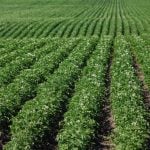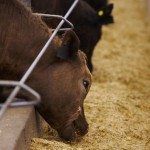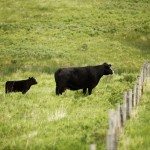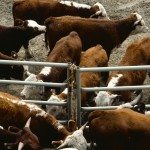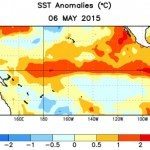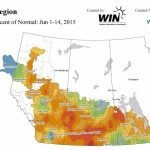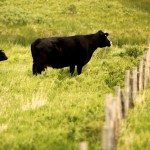Western Canadian feeder cattle prices found some footing this past week trading at similar levels to seven days earlier. Auction market volumes consisted of stragglers and late bloomers with minimal numbers on offer; buyers on hand continue to promote the scarcity principle which caused the market to stabilize. Feedlots operators were quite aggressive on 800[...]





